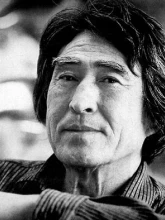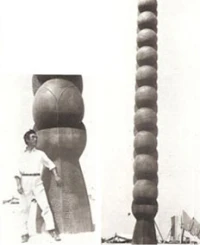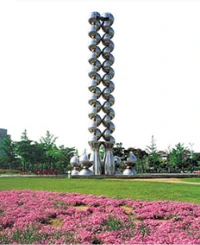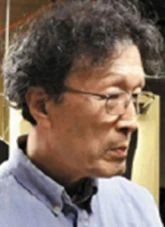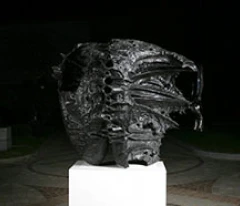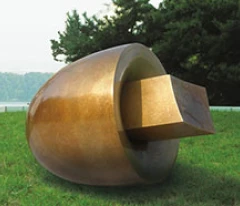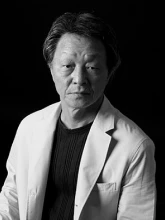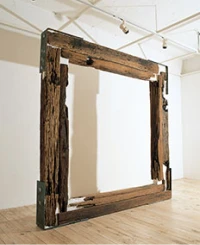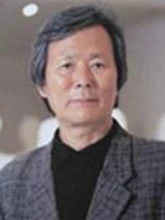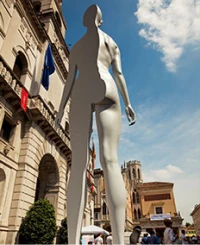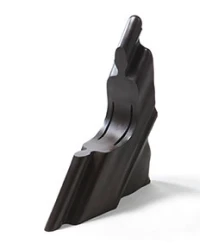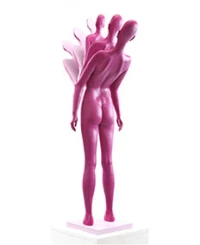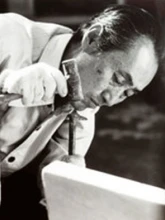
A Pioneer of the Modern Korean Abstract Sculpture,
The Beauty of Non-Sculpting
Kim Chong Yung
[Formerly Changwon]
whose life was the art, and the art became his life.
Master of the Modern Korean Sculpture, Kim Chong Yung
Famously known as a pioneer of the Modern Korean Abstract Sculpture, Woosung Kim Chong Yung devoted his life as a sculptor and educator who aimed to gain deep understanding on the world by studying both the oriental and western philosophy and culture and expressing them in the form of sculptures. His world of art was “a constant search for transcendence and absolutism” flourishing under the ideology of life, art, and love. Many artists who studied under Kim are still following the footsteps of their great master by dedicating their works and life for art and education. His life and works have made significant contributions to the modern Korean history of sculpture in the 20th century as he devoted his life as a noble artist and educator even in the midst of the darkest time of our history.
※ Lee Won Su, a famous children's story writer, portrayed Kim Chong Yung's birthplace as a "flower palace" in the lyrics of his chidlren's song.
‘The Beauty of Non-Sculpting’
Kim Chong Yung’s art is a collection of the beauty of simplicity, which served as an ideology and spirit of the modern western and eastern art, and the truth system that connects physical and psychological worlds with his extraordinary experimental spirit. Accepting external features of western sculptures based on the vitalism, Kim also gave reinterpretation from the oriental view of nature and reflected them in his works that translated the ‘structural beauty’ of calligraphy into cubes. Through the simple and repetitive forms in his works, a harmonious combination of minimalism and the oriental ‘beauty of non-sculpting’ is expressed.
"Non-sculpting does not mean abandonment or a hiatus of work but refers to a relaxed attitude of leaving blank space."
-
 Bird 9x7x55.5cm wood 1953 Entry in the 2nd National Art Exhibition
Bird 9x7x55.5cm wood 1953 Entry in the 2nd National Art Exhibition -
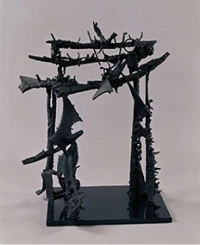 Legend 65x70x77cm iron 1958
Legend 65x70x77cm iron 1958 -
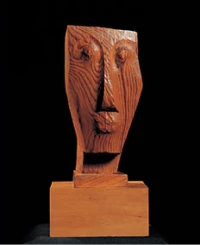 Self-Portrait Sculpture 12x15x25cm wood 1971
Self-Portrait Sculpture 12x15x25cm wood 1971

